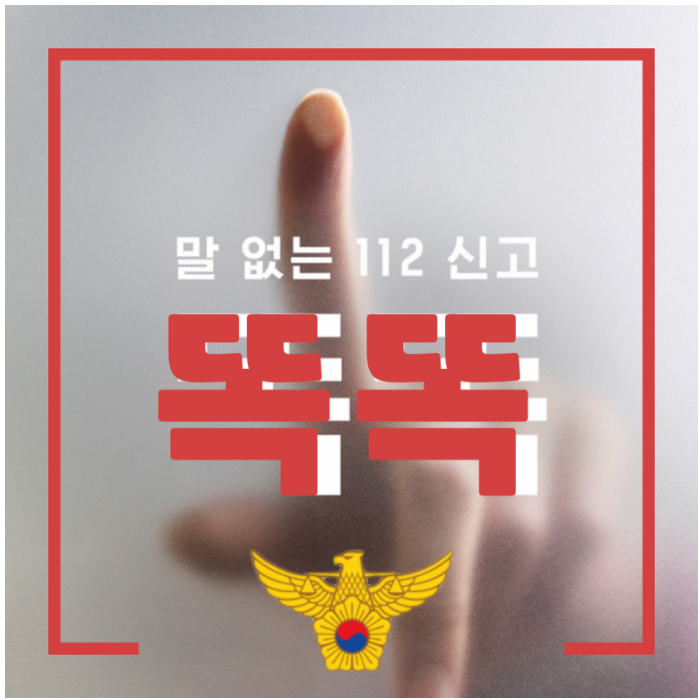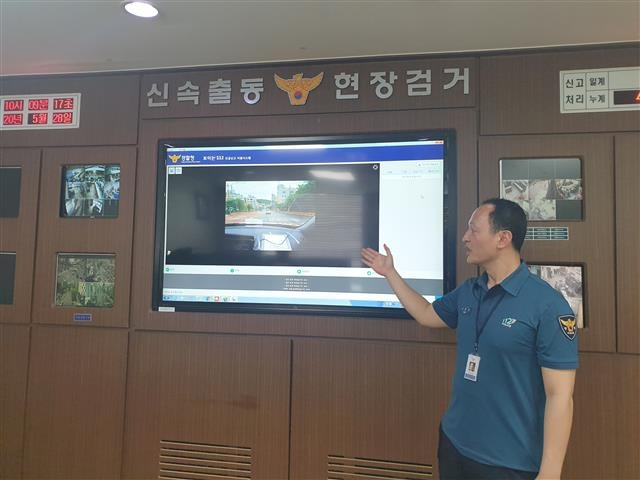The “Firsts” and “Bests” of Government Innovation
The Korean Government will accredit the “Firsts” of our innovations that contributed to the public’s comfort and safety, and select the “Best” cases of government innovation to spread as examples to our many institutions.
The Best
Best In Korea: Self-requested Location Tracking for People in Need of Assistance
- National Police Agency
- 2023-12-29

The Korean National Police Agency (NPA) newly
developed a ‘Visual 112’ (112 is the
emergency police service number for Korea) from the existing ‘Vocal 112”. Even when speaking is
not an option, the caller’s cellphone dispatches on-site conditions to the
emergency situation room, allowing more precise reports, and faster police
dispatch!
|
Content

√ Accomplishments and expansion
■ An Idea On Site, Now a Safety Measure for the Public.
|
The
NPA, in 2019, had been developing
the ‘Visual 112 Emergency Call Support
System’ as a research project of the
Police Lab* 1.0, a national R&D endeavor of cooperation between the NPA and
the Ministry of Science and ICT(MSIT) to create a customized call report system
on site for the 112 emergency call system.
[From an interview with Inspector Park, Hong-kyun of the Seoul Gwanak Police Station’s 112 Public Safety Situation Room] · (Q) How is the Visual 112 system helping out in the field? · (A) When you take a look at the calls that the situation room receives, there had been many cases where the caller, in a panic, is unable to provide their precise location. They may have suffered from a disaster, or may be unable to state their location due to being kidnapped and blindfolded. The ‘Visual 112’ system is a tremendous help, as it has allowed us to view the onsite situation through the caller’s camera, allowing faster location confirmation and situational awareness, and ultimately faster police dispatch within the golden hour.
 ▲ Inspector Park, Hong-kyun, demonstrating the
‘Visual 112 emergency call’ system at the 112 situation room, Seoul Gwanak
Police station, on May 28th, 2020 |
■ We Will Safely Protect the Precious Lives of Our Public!
